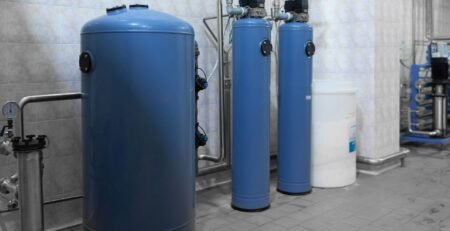8
Sep
Troubleshooting Common Centrifuge Problems: Solutions for Australian Laboratories
Centrifuges are critical in laboratories, but like all complex equipment, they can experience operational issues that affect performance and sample quality. Prompt troubleshooting helps minimize downtime and ensures reliable results.
At LabChoice Australia, we provide expert guidance on diagnosing and resolving common centrifuge problems encountered by laboratories across Australia, helping labs maintain optimal centrifuge function.
Common Centrifuge Problems and How to Fix Them
| Problem | Possible Causes | Solutions and Preventive Tips |
|---|---|---|
| Excessive Vibration or Noise | Imbalanced load, worn rotor, loose components | Rebalance samples, inspect/replace rotor, tighten components |
| Failure to Reach Set Speed | Rotor or drive motor issues, calibration error | Check rotor for damage, service motor, recalibrate speed settings |
| Unexpected Shutdowns | Overheating, electrical faults, lid not secured | Allow cooling, check power supply, ensure lid locks fully |
| Door/Lid Won’t Lock | Mechanical misalignment, sensor failure | Inspect locking mechanism, repair or replace sensors |
| Temperature Fluctuations | Faulty cooling system, sensor issues | Service refrigerator unit, replace sensors if needed |
| Error Codes Displayed | Various hardware/software faults | Consult user manual for specific codes, seek professional support if unresolved |
Tips for Effective Troubleshooting
- Always refer to the centrifuge manual for manufacturer-specific guidance and error codes.
- Maintain a logbook of issues, repairs, and calibrations to track recurring problems and solutions.
- Perform regular preventive maintenance to minimize breakdowns.
- Train users on proper loading and operation techniques to reduce common errors.
FAQs: Troubleshooting Centrifuge Issues
Q1: Can I continue using a centrifuge showing vibration?
A: No, excessive vibration can cause damage and compromise results; stop operation immediately and assess.
Q2: What causes temperature instability in refrigerated centrifuges?
A: Common causes include refrigerant leaks, fan failure, or sensor malfunction; professional servicing is required.
Q3: How do I know if rotor replacement is necessary?
A: Visible corrosion, cracks, or irregular noises indicate immediate replacement needs.
Q4: Is user error a common cause of centrifuge faults?
A: Yes, improper loading, overfilling, or bypassing safety features can cause many issues.
Author
Dr. Emily Harper, Ph.D., Biomedical Sciences — Specialist in laboratory equipment troubleshooting and support for Australian labs.
References
- Eppendorf. Centrifuge Troubleshooting Guide. 2023.
- Sigma-Aldrich. Laboratory Centrifugation Best Practices.
- University of Sydney. Equipment Maintenance and Troubleshooting. 2024.
- ASTM International. Equipment Safety Standards.
Useful Links and Resources
- Centrifuge Troubleshooting Tips
- Laboratory Equipment Error Codes Explained
- Australian Lab Safety Guidelines



